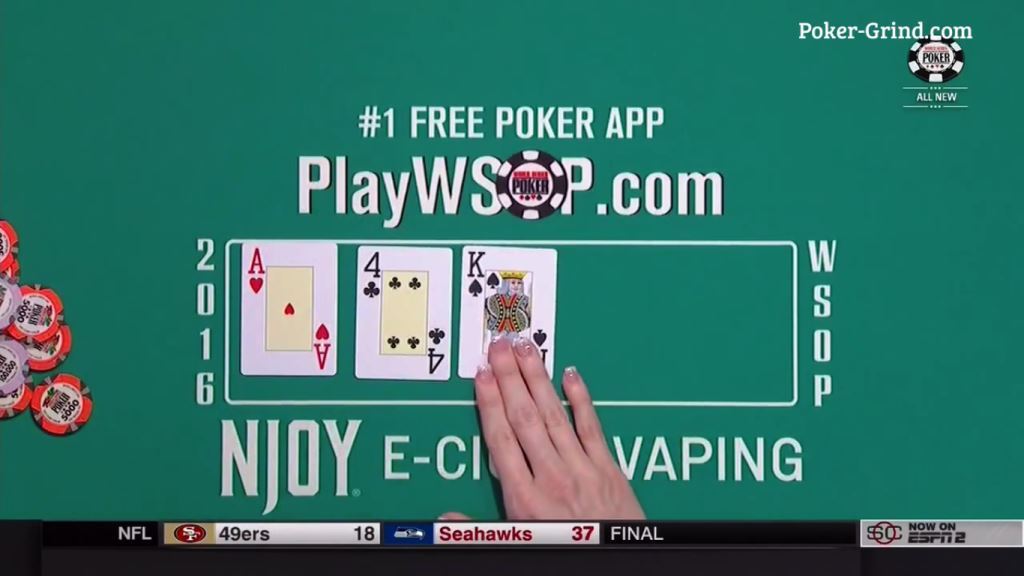Texas Holdem Flop Odds
- Texas Holdem Flop Odds
- Texas Holdem Pre Flop Odds
- Texas Hold'em Post Flop Odds
- Texas Hold'em Pre Flop Odds
Betting before the flop can sometimes be a blind bet, because when the flop comes things can change drastically. What can seem like a clear advantage can turn into a trap when the Turn or River or Flop cards hit the poker games.
To calculate with which hand you have better chance against other hands, we have assembled the most common grouping of hands against other hands along with their chances of winning (all the way to the River).
Same Hand – ex. QJ vs. QJ
Texas Holdem Poker Two Card Hand Frequencies. Both before and after the flop in any limit Holdem game, it is helpful to be able to make a reasonably accurate estimate of the types and numbers of playable hands that you are likely to be competing against. In Texas Hold'em it does not make a difference whether the flop comes A K Q or A Q K. So to account for this we multiply this fraction by 6 (1.2.3 = 6). P = 1/117,600. 6 P = 1/19,600. In Texas Hold'em, poker odds are THE probability tool you need as a poker player. In fact, you should always be thinking about poker odds - yours and your opponents' - when making decisions. In short, poker odds is the probability of you winning that hand, or the price it offers (pot odds). In Texas Hold’em a hand where aces, kings and queens pair up preflop is very rare. At a 9 player table this scenario unfolds roughly every 17,000 hands. The odds are 1:16,830 and the probability is 0.006%. Queens does happen every now and then, for example during this hand at the Bike.
Can you guess the odds? That's right, 50%-50%. If it's suited vs. offsuit, the suited has the edge of course, a 2.5% advantage.
Pocket Pair vs. Two Overcards – ex. 99 vs. KQ
This is a close call. The pocket pair has a small advantage with 55 % to the two overcards' 45%. In the case of having a hand like QJ-suited the advantage is with this hand over a hand with a small pocket pair (55 or lower), because with the QJ you can still form a Straight without having the pair lower your chances of achieving it.
Pocket Pair vs. Smaller Pocket Pair – ex. AA vs. 88
Texas Holdem Flop Odds
The bigger pair has the advantage here, of course, with 80% to the lower pair's 20%.
Pocket Pair vs. Two Undercards – ex. KK vs. J9
The pair is the favorite with 80% to 20%. The two undercards have a chance of between 23% and 14%, depending on if they are suited and if the pocket interferes with their straight making ability or not.

Pocket Pair vs. Same Card & One Undercard – ex. KK vs. KQ
This can be a shifty situation. The Pocket Pair has the upper hand here (no pun intended) with about 85% to 15%, while in case the other pair is suited the odds change to 80% to 20% at best.
Texas Holdem Pre Flop Odds
Pocket Pair vs. Same Card & One Overcard – ex. QQ vs. AQ
The advantage here is on the side of the pair with between 70% to 30% and 65% to 35%.
Pocket Pair vs. One Undercard & One Overcard – ex. JJ vs. KT
The odds here are similar to those of the hands above, with 70% to 30% in favor of the pair.
Two Undercards vs. Two Overcards – ex. AK vs. QJ
While the advantage here is clearly with the overcards – 65% to 35%, the odds change when the undercards are far enough from the overcards and suited without matching the overcards' suit, to around 60% to 40%.
Two Middle Cards vs. Undercard & Overcard – ex. KT vs. QJ
In this case, the edge is with the over/under cards. 60% to 40% which can be reduced to around 52% to 48% if it involves middle-suited connectors that are not of the same suit as the over/under cards and if there is no straight making interference.
Dominated with the Same High Card – ex. QJ vs. QT
Texas Hold'em Post Flop Odds
The hand with the higher card has a big advantage with around 66.6% to 33.3%. This advantage starts to diminish as the kickers get lower due to split pot possibilities.
Dominated with the Same Low Card – ex. AQ vs. KQ
Texas Hold'em Pre Flop Odds
The hand with the higher card has a 66% advantage, while if it's a suited connector against unsuited cards that has a small chance of making a straight the higher kicker hand has a maximum advantage of 40%.